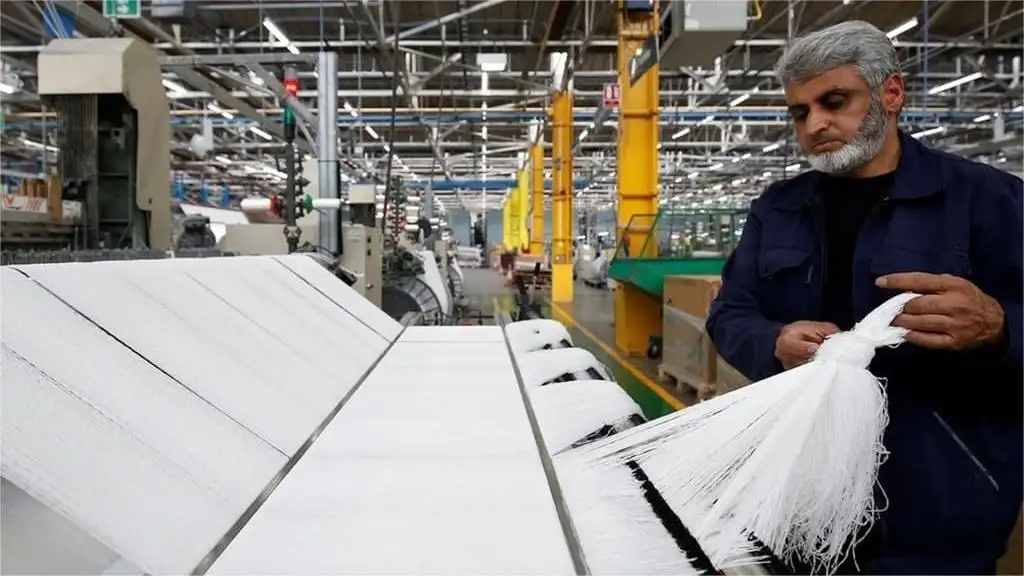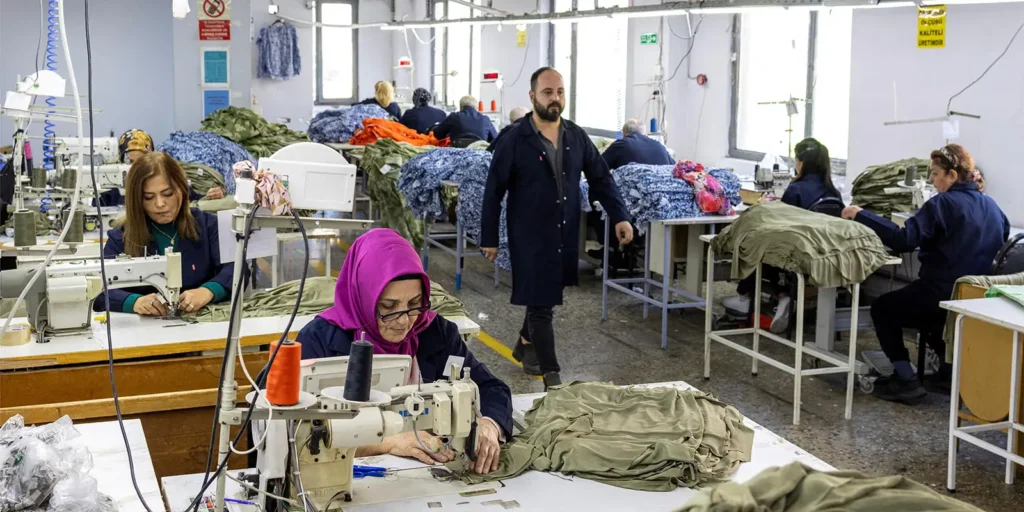China is the world’s largest fabric production and export base, holding a dominant position in the global textile market due to its vast production scale, comprehensive industrial supply chain, technological innovations, and strong global trade network.
In addition to China, countries like India, Pakistan, Bangladesh, Vietnam, and Turkey also play significant roles in global fabric production and export, each with its own set of advantages.
中國: The Largest Fabric Producer and Exporter

China boasts a complete supply chain from raw materials to finished products. It not only meets domestic market demand but also serves as a key player in global textile trade. 中國在全球結構市場中的份額遠遠超過其他國家.
印度: 棉布生產領域的領導者

印度, 全球第二大面料生產商, 以其棉布生產和出口而聞名. 擁有豐富的棉花資源和競爭性生產成本, 印度在面料市場中佔有重要份額, 特別是在歐洲和美國.
Pakistan: 專業棉花和家庭紡織品

巴基斯坦專門從事棉花紡織品和家庭紡織品, 其織物生產強度存在於成本效率和出口能力. 巴基斯坦的紡織品出口在全球市場中佔有重要地位, 特別是在歐洲和美國.
Bangladesh: 基本織物出口的快速增長

Bangladesh has rapidly emerged as one of the world’s largest garment producers and exporters. While its fabric production primarily focuses on basic fabrics like polyester and cotton, Bangladesh’s low-cost manufacturing and strong production capacity have led to a surge in fabric exports, especially to Western markets.
Vietnam: Emerging Competitiveness in Fabric and Garment Production

Vietnam has seen impressive growth in recent years, becoming a major player in fabric and garment production. With lower production costs and favorable trade policies, Vietnam is increasingly competitive in the global textile industry, particularly in polyester, cotton, and synthetic fibers.
Turkey: Excellence in High-Quality Cotton and Home Textiles

土耳其以其高質量的棉織物和家庭紡織品而脫穎而出, 特別是在歐洲市場. 將傳統工藝與現代技術相結合, 土耳其專注於高價值的面料產品,並為全球面料貿易的利基市場提供服務.
全球紡織品市場的其他主要參與者
像印度尼西亞這樣的國家, 韓國, 日本還在特定的織物類型和技術中發揮關鍵作用.
- 印度尼西亞 專注於棉花和聚酯織物.
- 韓國 和 日本 以其功能和高端紡織品的創新而聞名.
結論
全球主要的結構生產和出口基礎包括中國, 印度, Pakistan, Bangladesh, Vietnam, 和土耳其. 這些國家利用其獨特的資源優勢, 生產能力, technological innovations, 成本競爭力,形成多樣化的全球織物供應網絡.



